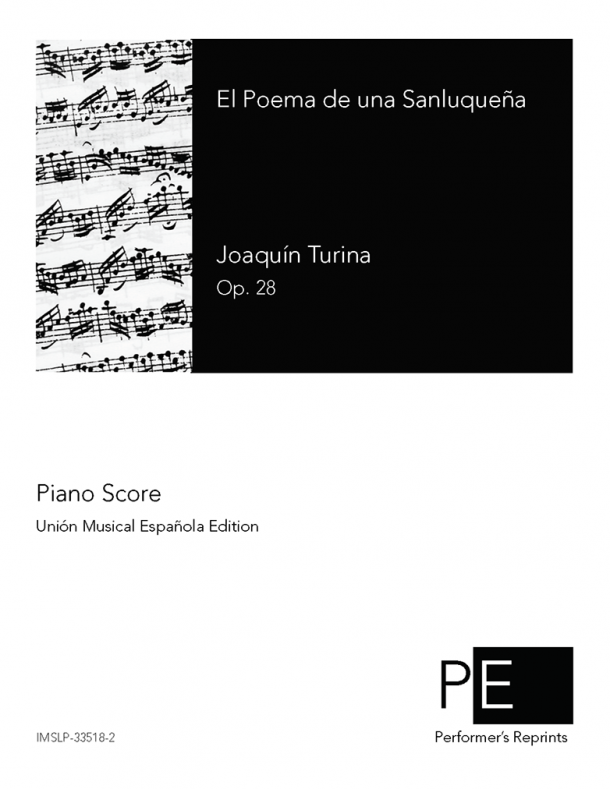Obscure Music Monday: Turina's El poema de una sanluqueña
Joaquín Turina (Dec. 9, 1882 - Jan. 14, 1949) was a Spanish composer born in Seville, where music was a significant part of his upbringing. He tried his hand at studying medicine, but music was his ultimate calling. He studied in both Seville and Madrid, and from 1905 - 1914, he studied composition with Vincent d'Indy at the Schola Cantorum de Paris. He was attracted to the style of Debussy and Ravel, but his interests changed course, however, when he met fellow countrymen Manuel de Falla and Isaac Albinez, who encouraged him to embrace his Spanish and Andalucian heritage.
Turina wrote El poema de una sanluqueña for violin and piano in 1923, and dedicated to the "girls of Sanlúcar," which is a city a little ways outside of Seville, where Turina spent his summers. The composer said that the piece isn't a descriptive work, but "an essay that could be considered as a state of mind; in other words, my aim was to express a completely suggestive emotional state."
The first movement (of four) is titled Ante el espejo (In front of the mirror) and starts with very low half notes in the piano before the violin comes in; the mood is melancholy, and thoughtful. With the violin slowly moving over the piano's quiet eighth notes, Turina creates a very serious atmosphere, but then it quickly moves to a different, more cheery mood, as the piano and violin trade off dotted sixteenth thirty-second note figures. The movement ends quietly, yet with intensity still.
In the second movement, La canción del lunar (Song of the beauty spot) there are brushes of Impressionism here and there, and the mood created from the twinkling piano part and the bright violin line is magical.
Next, Alucinaciones (Hallucinations) starts off mysteriously with a descending piano line, and the violin playing harmonics, and quickly turns intense and serious, with a mood similar to the first movement. The violinist finds themselves quite busy with a barrage of sixteenth notes, before the movement ends triumphantly.
Like the previous movement, final movement, El rosario en la iglesia (The rosary in the church) begins mysteriously, and that atmosphere carries throughout. The violinist has their work cut out for them during a section of double stops where things get the most heated, before returning to a peaceful mood toward the end. It's a stunning work overall, giving both parts much to work on technically and musically.
Here are some recordings of this fantastic piece for you to enjoy:


